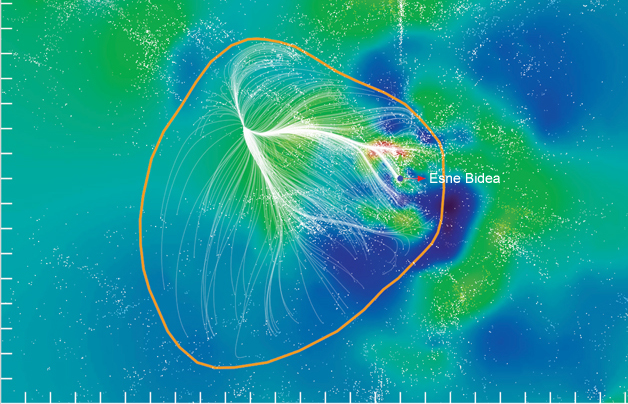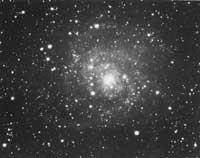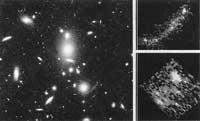Laniakea is a superset in the “house” universe of our galaxy
2014/09/03 Carton Virto, Eider - Elhuyar Zientzia Iturria: Elhuyar aldizkaria

Galaxies are divided into groups in the universe, forming Local Groups, Sets and Supersets. The galaxies of the Local Groups and the groups form a network of interconnected filaments. These filaments cross each other forming structures called supersets, formed by thousands of galaxies.
The team led by astronomers at the University of Hawaii has developed and applied a method based on the trajectory of galaxies to determine where supersets start and end. To do this they have used the data of 8,000 galaxies included in the catalogue of Cosmicflows-2 galaxies. Astronomers have removed the influence of cosmic expansion from the velocity of alienation of these galaxies from the Earth and the distance, obtaining a certain “net speed” of each galaxy. Knowing this, they have been able to determine the path of each galaxy and the galaxies within the same area of attraction, i.e. within the same superset. In the following video prepared by the journal Nature you can see how:
Home 500 million light years
In Laniakea, in our superset, the movement of galaxies is directed inward, towards the area called “Great Attractant”, where the filaments of the galaxies that form the Laniakea join together. The Milky Way, however, is not close to that “center”. On the contrary, it is at one end, at that point painted blue in the image.
According to calculations by Hawaiian astronomers, Lancama has a total diameter of 500 million light years (for example, the Milky Way has an extension of 100,000x10,000 light years) and a mass of 1017 suns distributed in 100,000 galaxies. The results of the study have been published in the journal Nature.

Gai honi buruzko eduki gehiago
Elhuyarrek garatutako teknologia






